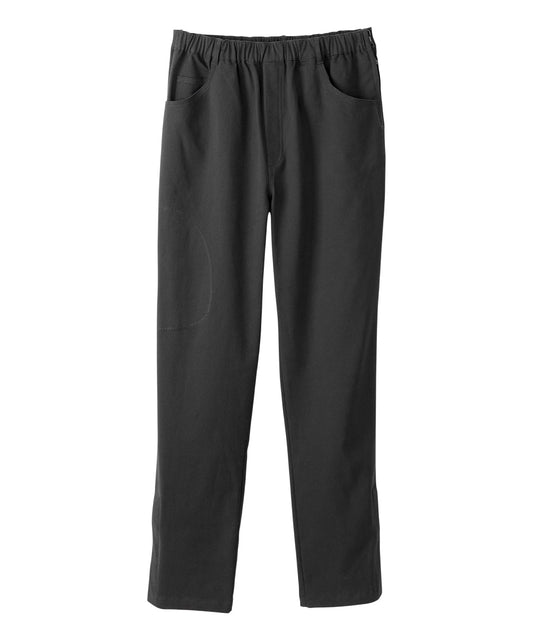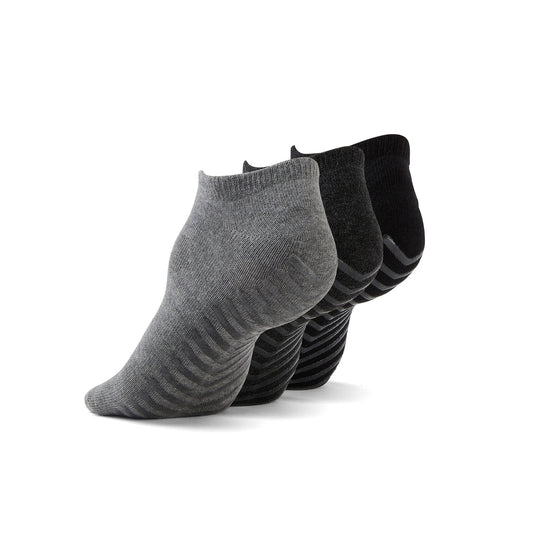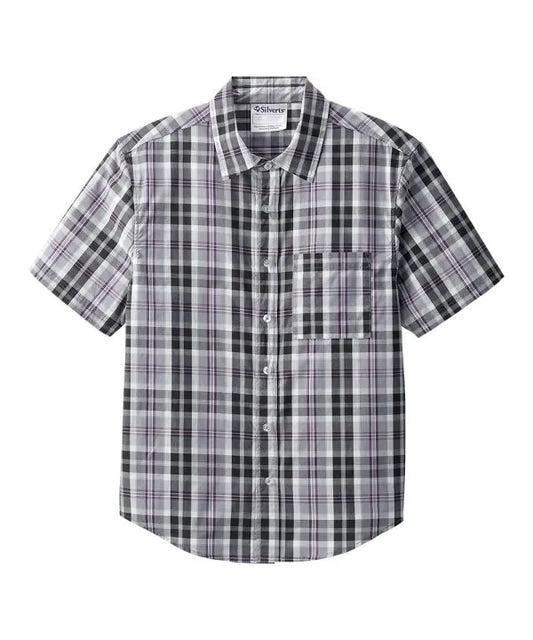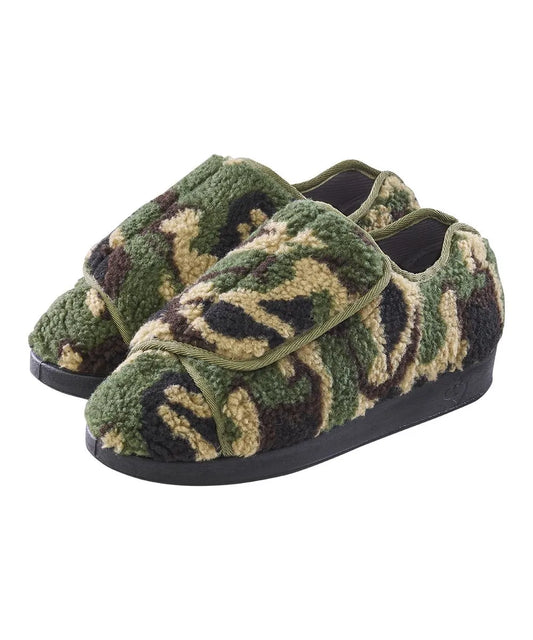Written by: Arbaaz Ebrahim
Fashion is more than just clothing—it’s a way to express identity, build confidence, and easily navigate the world. But for millions of people, traditional fashion has created barriers rather than breaking them down. The rise of adaptive fashion is changing that, bringing inclusivity to an industry that has long overlooked the needs of individuals with disabilities. This movement is so important because it goes beyond functionality; it’s about giving people choices, ensuring that everyone has access to clothing that reflects their personal style while accommodating their unique needs. Whether it’s through innovative closures, thoughtful design adjustments, or new approaches to retail experiences, adaptive fashion is proving that accessibility in clothing isn’t just a luxury—it’s a necessity.
In this blog, we’ll explore the history of adaptive and functional fashion, break down what accessibility truly means in the industry, and highlight the innovations making a difference. Adaptive fashion is more than just a trend—it’s a game-changer- from magnetic closures and sensory-friendly fabrics to stylish, wheelchair-friendly designs. And as we move forward, one thing is clear: fashion should empower, not exclude.
Welcome to the new era of accessibility. Let’s dive in.
What is the history of adaptive fashion?
Fashion has always been about self-expression, but for a long time, people with disabilities were excluded from the conversation. Adaptive fashion - clothing designed with accessibility in mind - wasn’t always the industry movement it is today. In fact, for much of history, people with disabilities had to modify their own clothes or rely on caregivers to help them dress. Style wasn’t even part of the equation - it was all about function, and even then, options were limited.
For our founder, Wendy, the rise of adaptive fashion became personal when her aunt, June, lost mobility in her arms and legs following an accident later in life, making getting ready a daily challenge. Wendy saw firsthand how difficult it was to find functional and fashionable clothing. Frustrated by the lack of options, she realized that millions of people were facing the same struggle. This experience sparked her passion for creating stylish, accessible clothing, leading to the launch of June Adaptive - a brand dedicated to making fashion inclusive for everyone.
Historically, adaptive clothing remained in the shadows, but the late 20th century saw a shift, primarily out of necessity. With wars leading to a rise in injured veterans, the need for functional clothing became more apparent. Velcro, elastic waistbands, and other easy-to-use features began to appear, but they weren’t exactly stylish or widely available.
Then came a shift. The disability rights movement of the late 20th century sparked conversations about accessibility in all aspects of life, including fashion. The Americans with Disabilities Act (ADA) of 1990 helped raise awareness, and by the early 2000s, the fashion world slowly started paying attention.
Fast forward to today, and adaptive fashion is finally having its moment. Big brands like Tommy Hilfiger, Nike, and Target have launched adaptive lines, offering everything from magnetic closures to wheelchair-friendly silhouettes - without sacrificing style. And let’s not forget the rise of disabled models on the runway, proving that inclusivity isn’t just a buzzword - it’s the future of fashion.
We’ve come a long way, but this is just the beginning. As technology and awareness continue to grow, adaptive fashion is set to revolutionize the industry in ways we never imagined.
What is the history of functional fashion?
Adaptive and functional fashion share many similarities - they’re both about making clothing that works for real-life needs. However, while adaptive fashion is specifically designed for people with disabilities, functional fashion has a broader reach. It’s all about practicality, whether that means pockets that actually fit your phone, moisture-wicking fabrics for athletes, or temperature-regulating jackets for extreme weather. The key difference? Functional fashion focuses on enhancing performance and convenience for everyone, while adaptive fashion prioritizes accessibility and ease of use for people with disabilities.
Functional fashion has been around for centuries, though it didn’t always have a name. In ancient times, clothing was purely practical - tunics, cloaks, and leather sandals were designed for comfort and mobility. As civilizations advanced, so did clothing. The Industrial Revolution brought durable workwear like denim jeans and overalls, built to withstand tough labour conditions. Soldiers in World War I and II needed uniforms that were not only protective but also easy to move in, leading to innovations like cargo pants and trench coats.
By the mid-20th century, functional fashion took a turn toward sportswear. Brands like Nike and Adidas revolutionized the industry with moisture-wicking fabrics, breathable materials, and ergonomic designs. Athleisure, the fusion of sportswear and casual clothing, became a staple in everyday wardrobes. Meanwhile, tech companies started integrating functionality into fashion - think heated jackets, anti-theft backpacks, and self-lacing sneakers.
Today, functional fashion is everywhere, from temperature-adaptive fabrics to clothing made with recycled, water-resistant materials. The best part? It’s influencing adaptive fashion in the best way possible, making everyday clothing more accessible, stylish, and innovative for everyone. As both movements continue to evolve, they prove that fashion isn’t just about looking good - it’s about making life easier, one outfit at a time.
What does "accessible" mean in fashion?
When we talk about accessible fashion, we’re not just talking about adaptive clothing or functional features - we’re talking about a fundamental shift in how fashion is designed, marketed, and experienced by people of all abilities. Accessibility in fashion isn’t just about ease of wear; it’s about breaking down the barriers that prevent people from fully engaging with style, whether those barriers are physical, financial, or societal.
One major aspect of accessibility is size inclusivity. For years, the fashion industry has catered to a narrow range of body types, making it difficult for people outside of standard sizing - whether plus-size, petite, or differently proportioned - to find clothing that fits well. Brands like Universal Standard and Aerie have led the charge in offering extensive size ranges, proving that accessibility also means recognizing the diversity of the human body.
Shopping experiences also play a crucial role in accessibility. Many stores are designed without consideration for wheelchair users or people with mobility impairments. Narrow aisles, high clothing racks, and fitting rooms without adequate space or seating can make in-person shopping frustrating, if not impossible. Online shopping has improved accessibility, but it comes with its challenges, such as inaccurate size guides and a lack of detailed descriptions for people with visual impairments. Some brands address this with virtual try-on technology, voice-assisted shopping, and disability-friendly retail spaces.
Another key factor is sensory-friendly clothing, which isn’t always part of traditional adaptive fashion. Many people, including those with autism or sensory processing disorders, struggle with fabrics that are too rough, tags that cause irritation, or seams that create discomfort. Brands like June Adaptive specialize in tag less, seamless, ultra-soft fabrics to ensure maximum comfort without sacrificing style.
Accessibility in fashion goes beyond creating adaptive clothing - it’s about reshaping the industry to be more inclusive in every way possible. The future of fashion isn’t just stylish; it’s a space where everyone, regardless of ability, can participate fully and comfortably.
What is adaptive clothing, and why is it revolutionary?
Adaptive clothing is changing the way we think about fashion. It’s not just about making clothes easier to put on—it’s about independence, dignity, and style for people who have historically been overlooked by the industry. Unlike standard fashion, adaptive clothing is specifically designed for people with disabilities, chronic illnesses, or mobility challenges, incorporating features that make dressing less of a struggle and more of a seamless, empowering experience.
What makes adaptive clothing revolutionary is that it breaks down barriers while looking just as stylish as mainstream fashion. Forget outdated, medical-looking garments—today’s adaptive designs are sleek, modern, and made to blend in. Take the Men’s Bomber Jacket with Magnetic Buttons from June Adaptive, for example. Instead of traditional buttons that can be difficult for people with limited dexterity, it features hidden magnetic closures that make fastening effortless while maintaining the classic bomber jacket look.
Men's Bomber Jacket with Magnetic Buttons
Other game-changing designs include side-opening pants with Velcro or zippers for people who use wheelchairs, front-closure bras with magnetic snaps for those with limited arm mobility, and seamless, sensory-friendly fabrics for individuals with sensory processing sensitivities.
Women's Easy Front Closure Bra
Even footwear has had a major evolution, with innovations like extra-wide openings, slip-resistant soles, and customizable fits. The Men’s Extra Wide Shoes from June Adaptive exemplify this progress, featuring a fully opening design with adjustable Velcro closures, anti-microbial fluid barrier technology for dryness and hygiene, and removable insoles to accommodate orthotics, making them ideal for individuals with swollen feet, diabetes, or other podiatry concerns.
What sets this movement apart is that big brands and independent designers alike are embracing it. Companies like June Adaptive are proving that functional clothing doesn’t have to compromise on style. As the industry continues to innovate, adaptive fashion is not just a niche—it’s the future, making sure that everyone, regardless of ability, has access to clothing that makes them look and feel their best.
How does adaptive fashion empower individuals with disabilities?
Fashion isn’t just about clothing—it’s about confidence, self-expression, and identity. For individuals with disabilities, traditional fashion has often been more of a challenge than an outlet, with zippers, buttons, and rigid fits creating daily struggles. Adaptive fashion is changing that, offering clothing designed with accessibility in mind, but more importantly, it’s giving people the freedom to dress how they want, on their own terms.
One of the biggest ways adaptive fashion empowers individuals with disabilities is by promoting independence. Many people with mobility limitations or dexterity issues have historically needed assistance getting dressed. With innovations like magnetic closures, pull-on designs, and Velcro fastenings, dressing can become a solo activity again. Something as simple as putting on a jacket or fastening a pair of shoes without help can be a game-changer for personal autonomy.
Beyond functionality, adaptive fashion is also about inclusivity and representation. Seeing clothing lines designed specifically for disabled individuals, featuring models with disabilities in major campaigns, and having more mainstream brands embrace accessibility sends a powerful message: fashion is for everyone. It tells people with disabilities that their needs, style, and comfort matter and that they don’t have to settle for clothing that feels like an afterthought.
Another major benefit is the boost in self-esteem and self-expression. For too long, people with disabilities had limited options—either wear something impractical but stylish or settle for something functional but unstylish. Adaptive fashion eliminates that trade-off, offering trendy, well-designed clothing that allows individuals to feel like themselves.
In the end, adaptive fashion is more than just an industry shift—it’s a movement giving people the tools to feel independent, confident, and seen. And that’s the kind of empowerment that never goes out of style. To learn more about adaptive wear, check out the June Adaptive website: https://www.juneadaptive.com/



















